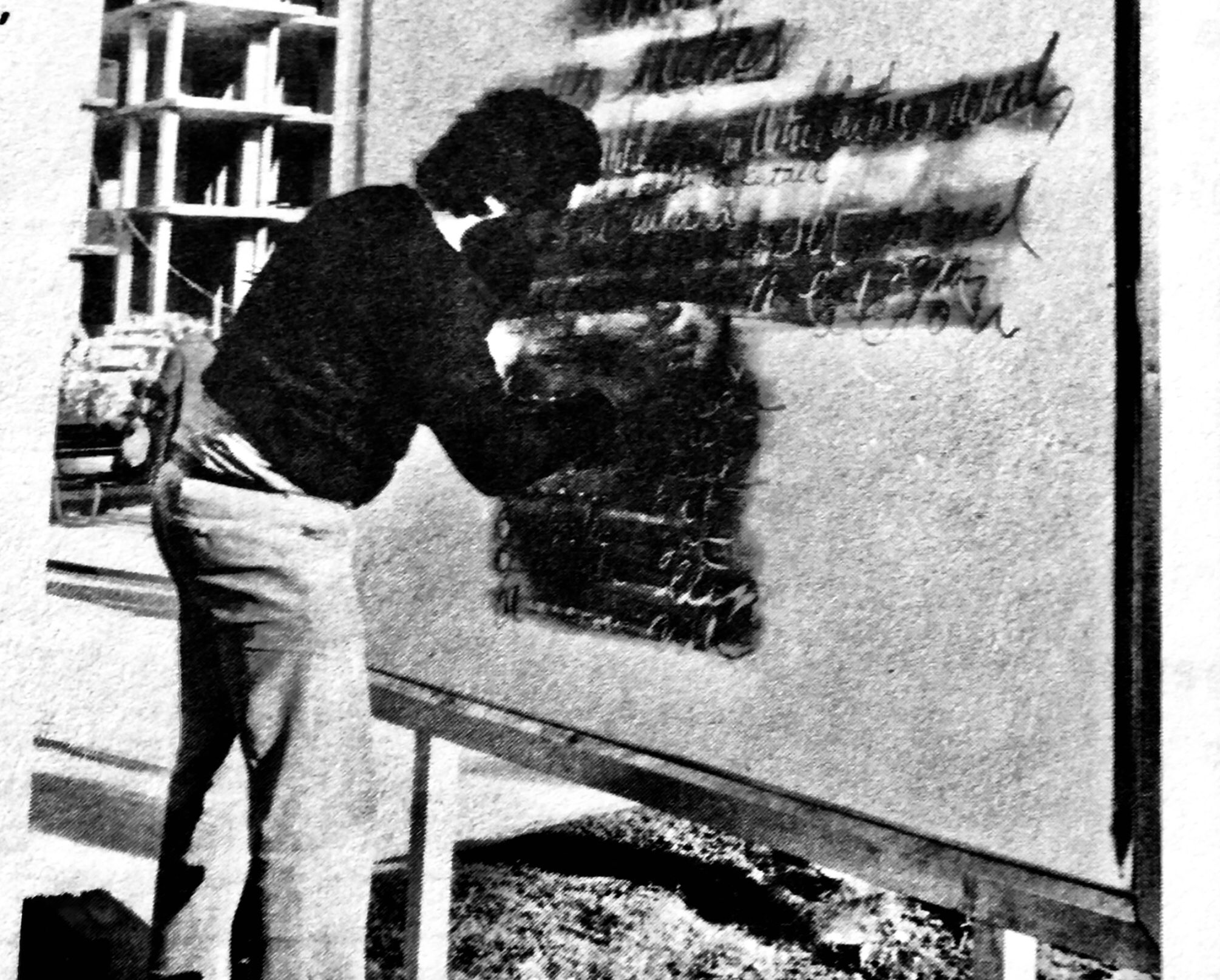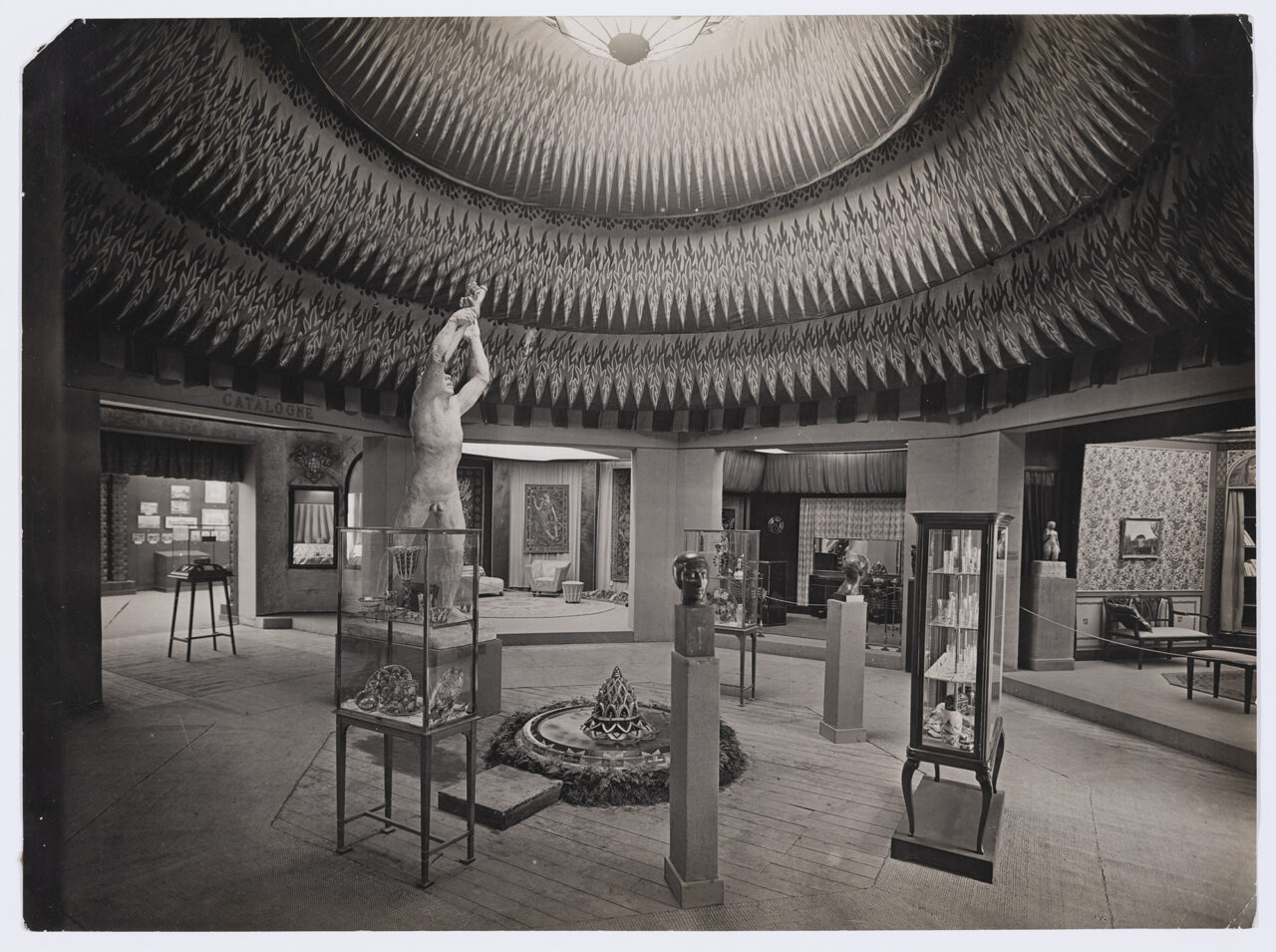Back to black: Chapter II. Enric Asensa
FUGA presents “Back to Black: Chapter II” by the renowned artist Enric Ansesa (Girona, 1945). His work, of a conceptual nature and inclined toward abstraction, is also a reflection of a deeply rooted life experience, shaped by his memories and personal experiences. From the outset, his artistic practice is based on five basic themes—calligraphies, dots, horizon lines, crosses, and sutures—that have evolved over the years and have been conceptually placed in time.
Among the works, the “writings” stand out—paintings dating from the late 1970s. These are carefully crafted black surfaces with white texts, containing significant names from Catalan history and culture, as well as allusions to the political demands of the time. These paintings, therefore, are part of a type of art that offers political criticism. We can also distinguish the series titled “Horizons,” where the surface of the painting is interrupted by a golden metal line that divides the canvas horizontally. This series would, over time, evolve toward the suture under the influence of Lucio Fontana’s “concetto spaziale”.
From the obsessive idea of mastering space and matter, the dots were born, initially starting with systematically distributed layers of paint, later evolving into rubber flooring resembling “Pirelli.” The cross that appears in this series of works references Malevich. The diaries are objects that Ansesa has recovered—elements that, useless for their original function, have been transformed into meaningful objects through a conceptual approach. It is almost always through the transformation of black that, like snow, it harmonizes a landscape. The black conceptualizes forms beyond their function, suggesting a sense of the beyond.
Finally, the folds are exercises and studies that often solidify into definitive pieces. It is a spatial and minimalist exercise, originating from folding a sheet of paper and gently applying a dry pigment to it. A sheet of paper, the quintessential flat element, is transformed into a multi-form space.
In summary, his works are part of a process of probing the past. The artist constructs a narrative that transcends the order of circumstances, exploring the essence of what remains in memory after being buried beneath layers of black.




